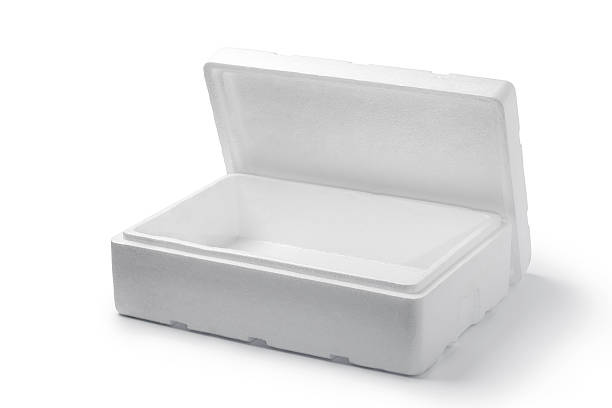You've probably seen foam boxes countless times, whether you've used them to carry takeout food, store leftovers, or pack lunches for school or work. But did you know that the foam box has a rich and fascinating history?
The first foam boxes were developed in the 1930s, when a company called Dow Chemical began experimenting with a new type of plastic called polystyrene. Polystyrene was lightweight, strong, and flexible, making it ideal for a variety of uses, including food packaging.
In the 1940s, Dow Chemical introduced the first foam box for food storage and transportation. The boxes were made by injecting a gas, such as air or nitrogen, into a mixture of polystyrene and other chemicals. This process created tiny bubbles within the plastic, giving the material a spongy, foam-like texture.
Foam boxes quickly gained popularity, as they were lightweight, inexpensive, and kept food fresh and safe. They were also easy to stack and store, making them convenient for restaurants, catering companies, and other food service businesses.
Over the years, foam boxes have undergone numerous improvements and innovations. Today, they are made using advanced manufacturing techniques that allow for precise control over the size, shape, and strength of the boxes. They are also often made with recycled materials, making them more environmentally friendly.
Despite the many advances in foam box technology, they have faced criticism and controversy in recent years. Some people have raised concerns about the environmental impact of foam packaging, as it is not easily recyclable and can take hundreds of years to break down in landfills.
Despite these challenges, foam boxes remain a popular choice for food packaging and storage. Whether you love them or hate them, it's hard to deny the impact that these spongy containers have had on our daily lives.


